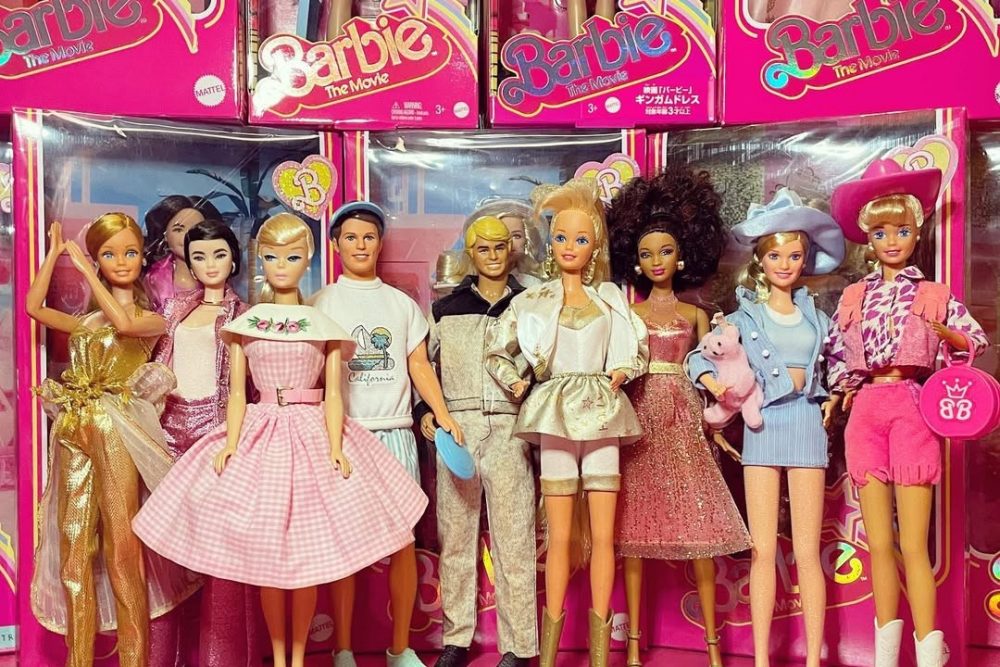In the world of fashion, two starkly contrasting ideologies have emerged and are shaping the way we dress and consume clothing. On one side, we have "fast fashion," a phenomenon that has swept through the industry in recent decades, providing consumers with trendy, affordable clothing at a breakneck pace. On the other side, there's "sustainable fashion," a movement that prioritizes ethical practices, environmental responsibility, and longevity in clothing. In this article, we'll explore the key differences between fast fashion and sustainable fashion, the impact of each on individuals and the planet, and the choices we make when we decide what to wear. The Fast Fashion Craze Fast fashion is synonymous with rapid production and quick turnover. Brands like Zara, H&M, and Forever 21 have become leaders in this category, churning...
next aeticle
In the world of fashion, two starkly contrasting ideologies have emerged and are shaping the way we dress and consume clothing. On one side, we have "fast fashion," a phenomenon that has swept through the industry in recent decades, providing consumers with trendy, affordable clothing at a breakneck pace.
On the other side, there's "sustainable fashion," a movement that prioritizes ethical practices, environmental responsibility, and longevity in clothing. In this article, we'll explore the key differences between fast fashion and sustainable fashion, the impact of each on individuals and the planet, and the choices we make when we decide what to wear.

Lara Jameson/ Pexels | Sustainable brands offer an ethical and eco-conscious alternative to fast fashion
The Fast Fashion Craze
Fast fashion is synonymous with rapid production and quick turnover. Brands like Zara, H&M, and Forever 21 have become leaders in this category, churning out new collections every few weeks and offering clothing at remarkably low prices. The appeal of fast fashion lies in its ability to provide consumers with the latest trends almost as soon as they hit the runways, making high fashion accessible to a broader demographic.
However, the low prices and rapid turnover come at a significant cost. Fast fashion encourages consumers to view clothing as disposable, leading to an increase in textile waste. Clothes are often made from cheap materials and underpaid labor, contributing to exploitative practices within the industry. Additionally, the production speed often sacrifices the quality and durability of the clothing, leading to a cycle of buying and discarding.
Sustainable Fashion: A Holistic Approach
In stark contrast, sustainable fashion seeks to address these issues by focusing on ethical production, eco-friendly materials, and durability. It emphasizes the "buy less, choose well" philosophy championed by fashion icons like Vivienne Westwood and Stella McCartney. Sustainable fashion brands prioritize transparency in their supply chains and advocate for fair wages and safe working conditions for all involved.
One of the hallmarks of sustainable fashion is the use of eco-friendly materials. Hemp, organic cotton, Tencel, and recycled fabrics are just a few examples of materials that reduce the environmental impact of clothing production. In addition, many sustainable fashion brands strongly emphasize recycling and upcycling, turning old clothes into new designs rather than contributing to landfills.

Emmet/ Pexels | Fast fashion is damaging to our planet
The Environmental Impact
The environmental consequences of fast fashion are staggering. The fashion industry is one of the largest contributors to pollution, accounting for 10% of global carbon emissions. The production of synthetic fabrics, such as polyester, generates a significant carbon footprint, while the dyeing and finishing processes can result in water pollution.
On the other hand, sustainable fashion seeks to mitigate these effects. By using eco-friendly materials, reducing waste, and focusing on durability, sustainable fashion brands aim to minimize their environmental footprint. Furthermore, some brands are investing in innovative practices like regenerative agriculture and closed-loop recycling, which have the potential to reshape the industry's impact on the environment.
The Social Impact
Fast fashion often relies on low-wage labor in developing countries, leading to poor working conditions, exploitative practices, and labor rights violations. Workers in these factories often endure long hours, low pay, and hazardous conditions. In contrast, sustainable fashion brands prioritize fair labor practices, ensuring workers are paid a living wage and treated with dignity and respect.
By supporting sustainable fashion, consumers can play a crucial role in advocating for better labor practices within the industry. They send a message that unethical treatment of workers is unacceptable and that the fashion industry must prioritize the welfare of those who make our clothes.

Kelly/ Pexels | 93% of brands surveyed by the Fashion Checker aren't paying garment workers a living wage
The Longevity Factor
Clothing longevity is another critical aspect of the fast fashion vs. sustainable fashion debate. Fast fashion pieces are often designed to be worn for a season or two, after which they are discarded. This cycle of disposability not only contributes to textile waste but costs consumers more in the long run as they constantly replenish their wardrobes.
Sustainable fashion, on the other hand, promotes clothing that stands the test of time. These pieces are made to be durable, versatile, and timeless, encouraging consumers to invest in high-quality garments that can last for years. While the initial cost may be higher, the value lies in the extended lifespan of these items, ultimately saving money and reducing waste.
The Choices We Make
As consumers, we can shape the fashion industry by our choices. When we choose fast fashion, we support a system that prioritizes speed and low cost at the expense of workers and the environment. In contrast, when we opt for sustainable fashion, we send a message that we value ethical practices, eco-friendly materials, and longevity in our clothing.










